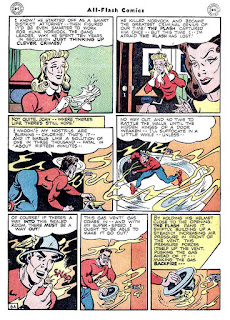This type of science fiction I call a future in the past story. It was published in 1954, and takes place in 2006. The 21st century sounded wayyyy far away to those of us mid-century types. We (or maybe just me) thought that after many years in the future we would certainly have bases on other planets, the moon, Mars, Venus...many achievements have been made, but habitation of any celestial body is still quite a few more years into the future.
The cute little 5-page tale of a couple of Army guys flying a ship to Jupiter is silly not just because we are looking back and we know none of it happened. Jupiter, at 33,000 mph, as the spaceship is flying, is a mighty long distance from Earth. According to the fount of all knowledge, the Internet, Jupiter is 483 million miles from Earth as claimed by one site, which makes a time table a bit more than a hop, skip and a jump. But actually the distance between planets depends on where the planets are in their orbits. Space.com says, “The New Horizons mission took a more direct path after its January 19, 2006, launch. On February 28, 2007, it performed a flyby of Jupiter on its way to Pluto and other dwarf planets. The travel time to Jupiter was just over 13 months.” And that’s no comic book trip.
Art by Joe Maneely, from Spaceman #4 (1954):





















































